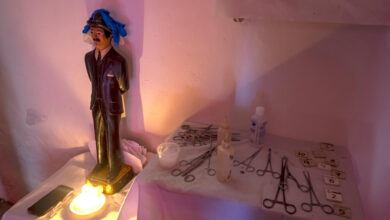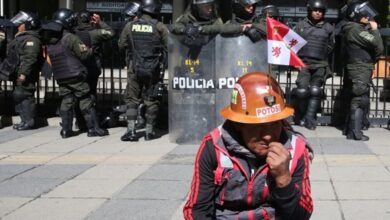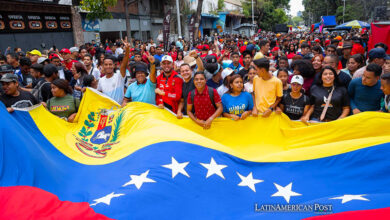Concrete Floors, Living Futures: How Guatemala Can End a Preventable Health Crisis
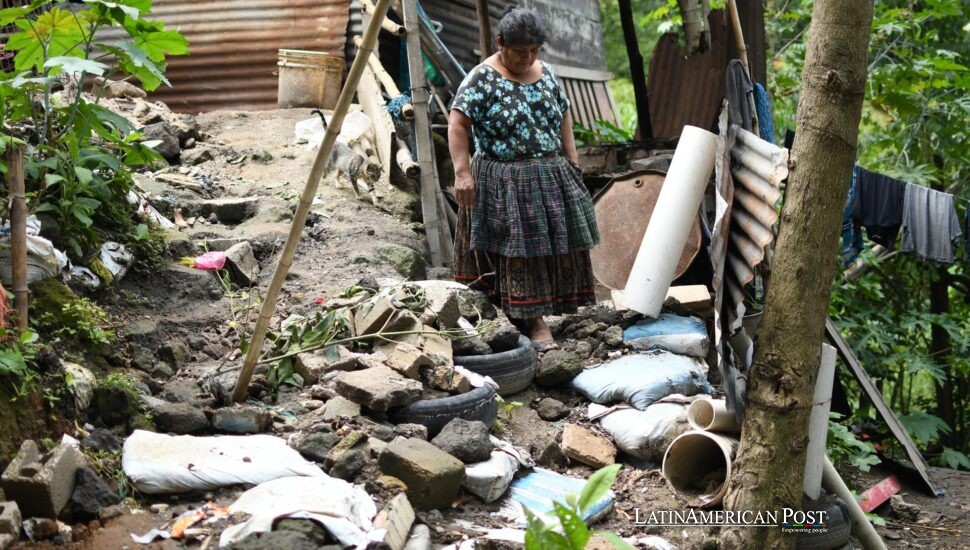
A concrete floor isn’t charity; it’s public health with generational returns. In Guatemala, where a million homes still rest on dirt, government efforts remain too modest and too slow to end a solvable crisis that keeps children sick and families stuck.
Health on the Ground, Not in the Abstract
If you want to see how poverty enters the body, look down. Dirt floors aren’t a design choice; they’re a disease vector. Parasites thrive. Diarrheal outbreaks become routine. Childhood anemia lingers. The Pan American Health Organization has long quantified what common sense already knows: replacing earth with concrete reduces parasitic infestations by 78%, diarrhea by 49%, and childhood anemia by 81%. Those aren’t marginal gains; they’re the difference between a child missing school and thriving, between a family falling into medical debt and staying afloat.
In Guatemala, officials estimate 850,000 to 1,000,000 homes still have dirt floors—roughly a third of the population. The scale of harm is national, not anecdotal. Two mothers outside Guatemala City put a human face on those statistics. In Chinautla, just 20 minutes from the capital, Lucky Vásquez, who has four children, has lived on packed earth since she was a girl. “Because of the money, I haven’t been able to put in a cement floor. The material is costly. What’s left is to stay like this… Only enough for food,” she told EFE. Her neighbor, María Bonifacio Guacaj, echoed the same calculus—and the same vulnerability—”once the water came in up to here and we had to leave,” adding that “for the pisto,” the cash never stretches far enough to change the ground beneath her home. These are not isolated stories; they are the baseline for hundreds of thousands of Guatemalan households.
Four of 340 Is Not a Victory
The administration of President Bernardo Arévalo de León has finally put the dirt-floor crisis on its to-do list. That is welcome after years of neglect. But the results so far underscore how far there is to go. Out of 340 municipalities, the government has declared just four “free of dirt floors,” distributing materials through the Social Household Registry under the Ministry of Social Development’s Mano a Mano project.
Distribution is only the start; installation is left to families who must find time, labor, and know-how—or pay someone who can. In Olopa, Chiquimula, beneficiary Elda Quisar told EFE: “Here it was dirt and there was a lot of dust. It rose and affected our cooking utensils.” Neighbor Alejandro de la Cruz Méndez remembered that before the cement, anything that fell to the floor was contaminated, and rain turned the house into mud.
The latest municipality to reach the finish line, Colotenango in Huehuetenango, received materials for a little more than 4,000 floor installations. “Thousands of homes no longer cook, live, or watch their children grow up over dirt floors. Now they do so over a firm, safe floor,” the president said there, calling it “a simple change” that brings “a substantial change in the lives of families,” as quoted by EFE. Both statements are factual—and still insufficient. When only four of 340 municipalities have crossed the threshold, celebration without urgency looks like complacency.
What Families Are Telling Us, Clearly
Listen closely to the testimonies, and you hear a blueprint for policy. Cost is the immovable obstacle. As Vásquez told EFE, cement and materials are “costly,” and every quetzal competes with food. Risk is constant—water intrudes, dust invades, bacteria flourish. And dignity is at stake. A concrete floor is more than a slab; it’s a platform for safer cooking, cleaner storage, better sleep, and pride.
If the state recognizes all this, then design the program accordingly: don’t just drop off sacks of cement and hope. Pair materials with trained installation brigades paid a living wage. Offer small cash transfers to compensate families for lost workdays during construction. Standardize resilient designs that include moisture barriers and basic drainage so floors don’t crack or turn slick when it rains.
Guatemala’s own health data make the economic case. When diarrhea drops by half and anemia by four-fifths, clinic visits fall, school attendance rises, and family earnings stabilize. That is the definition of development: public investment that pays for itself in reduced burdens and expanded opportunity. In a country where nearly 60% live in poverty, the floor program is not a side project—it is foundational.
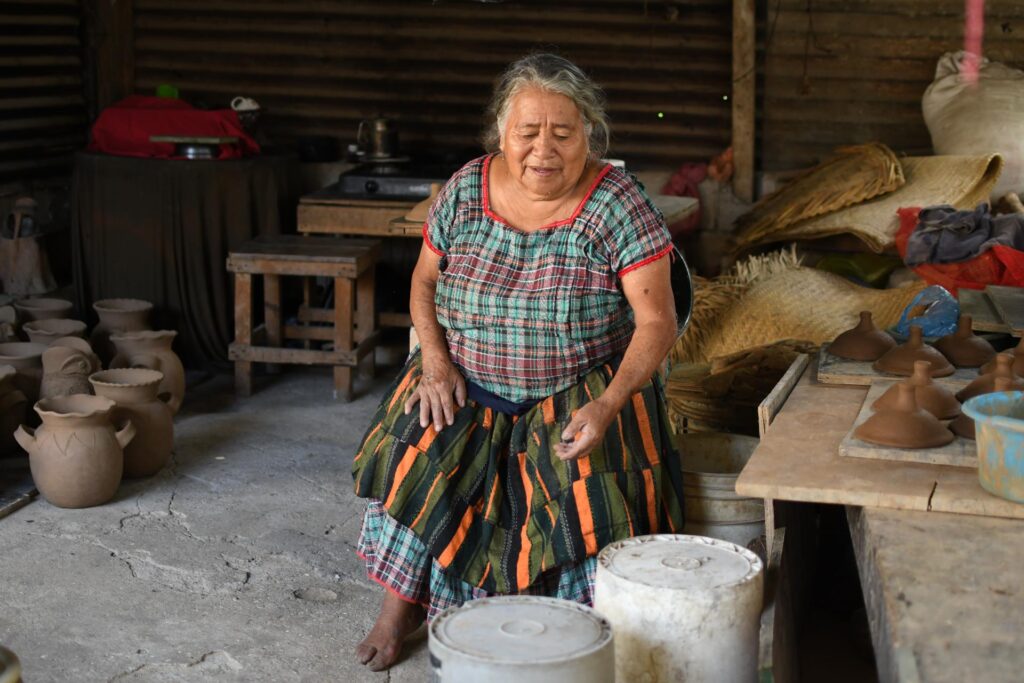
From Pilot to Policy—At the Pace of Need
Arévalo de León’s goal for **2025—materials for 45,000 homes—**is a start. But at that rate, Guatemala will still be talking about dirt floors for decades. Scaling up is not just about money (though it is about money); it is about structure. Negotiate bulk purchasing of cement, gravel, and rebar, tying discounts to reliable delivery in remote areas. Mobilize technical high schools and vocational institutes to train certified local crews—especially in municipalities with high Indigenous populations—so language and trust are assets, not barriers. Work with municipalities to map households block by block and schedule cluster installations to reduce transport costs. Incorporate women’s community groups into oversight so quality control comes from the people who will sweep those floors every day. Publish a public dashboard, updated weekly, showing where materials have gone, where floors are finished, and where delays persist—naming the responsible agency when bottlenecks appear.
Above all, stop pretending this is a narrow infrastructure fix. This is public health, education, and economic policy rolled into one slab of concrete. When a child doesn’t ingest parasites from the floor, that child tends to learn better. When a mother isn’t mopping mud, she can sell a few more tortillas or embroider a few more blouses. When a family can store food without contamination, nutrition improves—the returns compound for years.
Also Read: The Vanishing of Sarm Heslop: Caribbean Still Haunted by an Unanswered Mystery
Guatemala can change this story. The testimonies gathered by EFE point to both the pain and the promise. The science is settled. The moral imperative is obvious. The politics are favorable—a president elected on an anticorruption mandate, an electorate hungry for tangible, measurable improvements. The question is whether the state will meet families where they live—on the ground—and move at the speed that health, dignity, and common sense demand. Four municipalities are proof of concept. The other 336 are in the country.

